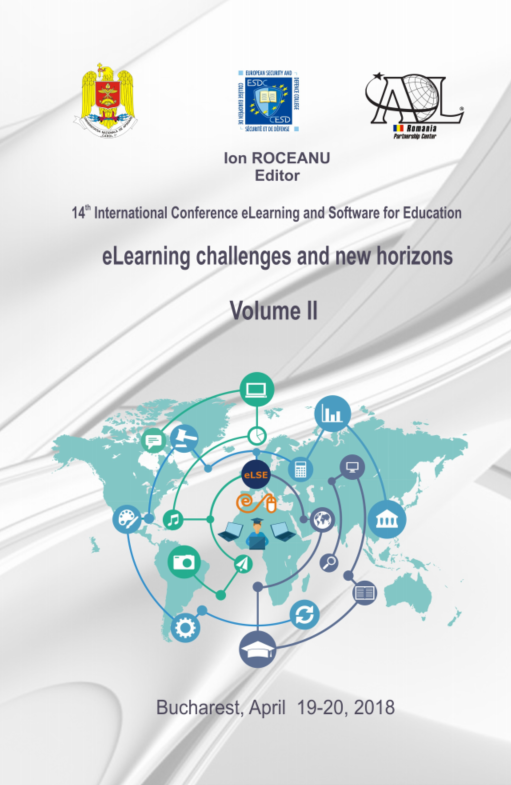Artificial Intelligence and Machine Learning – Future Trends in Teaching ESL and ESP
Artificial Intelligence and Machine Learning – Future Trends in Teaching ESL and ESP
Author(s): Ana-Mihaela IstrateSubject(s): Social Sciences, Education
Published by: Carol I National Defence University Publishing House
Keywords: artificial intelligence in e-Learning; ESP; e-Learning platforms; e-Learning chat bots;
Summary/Abstract: Starting from a presentation of the new trends and differences between artificial intelligence, machine learning and artificial neural networks, the present paper focuses mainly on the way in which e-Learning will be shaped in the future decades by the advances made in artificial intelligence, in the particular case of English as a Second Language and English for Specific Purposes. A future trend in ESP refers to the adaptability of e-Learning programs to the students' level of knowledge. If universities will be able to develop artificially intelligent e-Learning platforms, adapted to the level of knowledge of the enrolled students, through the incorporated e-Learning chat bots, then a new trend and useful tool for teaching ESP and ESL will be developed, focusing on the individual's accomplishments, offering more opportunities for success, in the acquisition of the new language. The new trends in artificial intelligence, mainly the incorporation of chat bot technology in the particular case of English for Specific Purposes or English as a Second Language, at academic level, would be the next step towards a virtual assistant to replace the human academia, obviously until a certain level. Although controversial, this very innovative solution would be able to bridge the gap between technology and education. The implication of chat bots would create an interactive learning experience for the student, similar to the one-to-one with the teacher. The advantage, especially in teaching ESP/ESL, is a simplification on the routine tasks, giving professors an opportunity for more involvement in the one-to-one interaction, particularly in the case of large groups of students. With an appropriate choice of teaching material and technology, chat bots could serve as platforms for the most appropriate guidance for students of totally different level of knowledge.
Journal: Conference proceedings of »eLearning and Software for Education« (eLSE)
- Issue Year: 14/2018
- Issue No: 02
- Page Range: 471-476
- Page Count: 6
- Language: English

